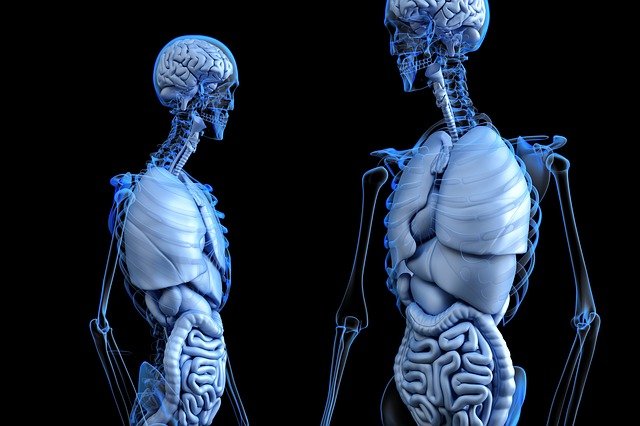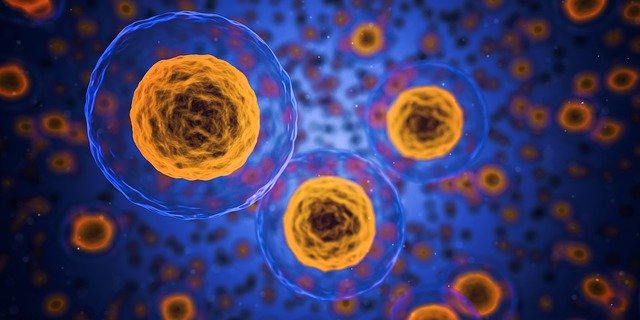
Homeostasis is linked to the self-regulation of the organism.
The first thing to do is to establish the etymological origin of the term homeostasis . In this case, we can determine that it is a word that comes from Greek, since it is made up of two clearly defined Greek words: homo , which can be translated as “similar”, and stasis , which acts as a synonym for “stability” and “state”.
Homeostasis is the set of self-regulation phenomena that lead to maintaining the constancy of the properties and composition of the internal environment of an organism. The concept was developed by the American physiologist Walter Bradford Cannon ( 1871 – 1945 ).
Concept development
Walter Cannon is an American physiologist who, by proposing the term in question, developed or focused specifically on a concept that had been established years before in the field of science. We are referring specifically to the idea of internal environment that Claude Bernard had put forward in the second half of the 19th century.
The latter was a French biologist and physician who is currently considered the true father of physiology and the founder of what would become experimental medicine.
This term transcends biology to refer to the characteristic of any system , whether open or closed, that allows it to regulate the internal environment to maintain a stable condition. Stability is made possible by different self-regulation mechanisms and various dynamic adjustments.

Homeostasis can be associated with a dynamic equilibrium.
Homeostasis and physiology
Homeostasis is one of the fundamental principles of physiology , since a failure in this characteristic can cause malfunction of different organs.
Biological homeostasis , therefore, consists of a dynamic equilibrium that is achieved through constant changes to maintain the overall result. This process involves the control of energy values that are considered normal: if a value is out of the norm, different mechanisms are activated to compensate for it.
The homeostasis of the organism depends on the internal environment (with the production and elimination of certain substances; for example, through urine) and the external environment (the relationship between the living being and the environment).
Psychological homeostasis , on the other hand, is given by the balance between needs and their satisfaction. When needs are not satisfied, an internal imbalance occurs. The subject seeks to achieve balance through behaviors that allow him to satisfy these needs.
The notion applied to cybernetics
However, we cannot ignore what is known as cybernetic homeostasis. This concept is used to refer to the ability of certain cybernetic systems to maintain a series of variables in a state of dynamic or stationary equilibrium. This leads them to change certain parameters with regard to their internal structure.
The origin of this term and this “version” of homeostasis can be found specifically in the 20th century. It was in the middle of the 20th century that the English physician William Ross Ashby designed an electronic device known as a homeostat, which regulated itself through feedback.
